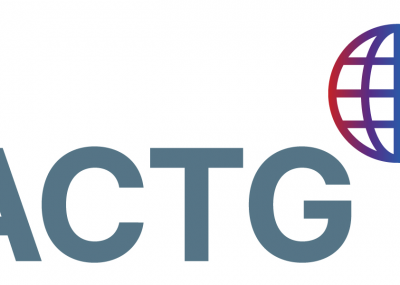Introduction: Most African countries perform infant HIV testing at 6 weeks or later. The addition of targeted testing at birth may improve retention in care, treatment outcomes and survival for HIV-infected infants.
Methods: HIV-exposed infants were screened as part of the Early Infant Treatment (EIT) study in Botswana. Screened infants were ≥35 weeks gestational age and ≥2000 g at birth. Risk factors for mother-to-child transmission (MTCT) were assessed by maternal obstetric card or verbally. Risk factors included <8 weeks ART in pregnancy, last known CD4 <250 cells/mm3 , last known HIV RNA >400 copies/mL, poor maternal ART adherence, lack of maternal zidovudine (ZDV) in labour, or lack of infant post-exposure prophylaxis. Infants underwent dried blood spot testing by Roche Cobas Ampliprep/Cobas Taqman HIV-1 qualitative PCR.
Results: From April 2015 to April 2016, 2303 HIV-exposed infants were tested for HIV in the EIT study. Of these, 369 (16%) were identified as high risk for HIV infection by information available at birth, and 12 (0.5% overall, 3.25% of high risk) were identified as HIV positive at birth. All 12 positive infants were identified as high risk at the time of screening, and only 2 risk factors were required to identify all positive infants: either <8 weeks of maternal ART in pregnancy (75%) or lack of maternal HIV suppression at last test (25%).
Conclusions: In utero MTCT occurred only among infants identified as high risk at delivery, using information available from the mother or obstetric record. Birth testing that targets high-risk infants based on maternal ART receipt is likely to identify the majority of in utero HIV transmissions, and allows early ART initiation for these infants.




